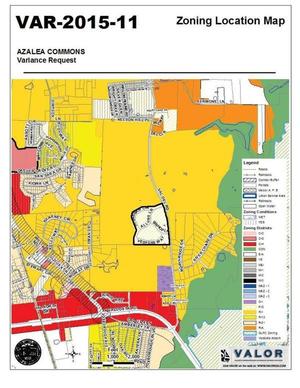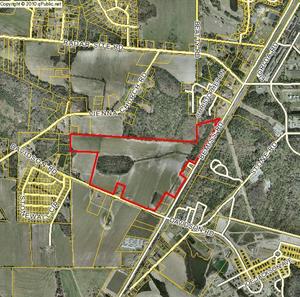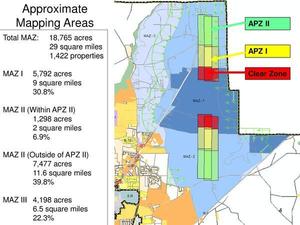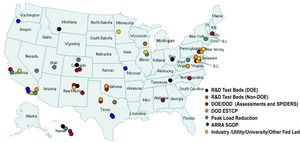Southern Company solar farms at military bases are not just for Georgia anymore; SO subsidiary Gulf Power is building more and bigger ones in Florida.
 Gulf Power,
Solar Energy Farms,
Gulf Power,
Solar Energy Farms,
Gulf Power is partnering with the U.S. Navy and U.S. Air Force to build solar energy farms at three different facilities across Northwest Florida. The projects could be in service as early as December 2016.
“This is an important collaboration between Gulf Power, the Navy and the Air Force,” said Stan Connally, Gulf Power president and CEO. “As military installations seek solutions to promote renewable energy generation, we have worked alongside our military customers to help provide cost-effective solutions — and all our customers will reap the benefit.”
HelioSage and Gulf Power, PRNewsWire, 22 January 2015, HelioSage & Gulf Power Announce 120 Megawatts of Solar in Florida: Landmark projects will span three sites through partnership with Navy and Air Force, Continue reading









